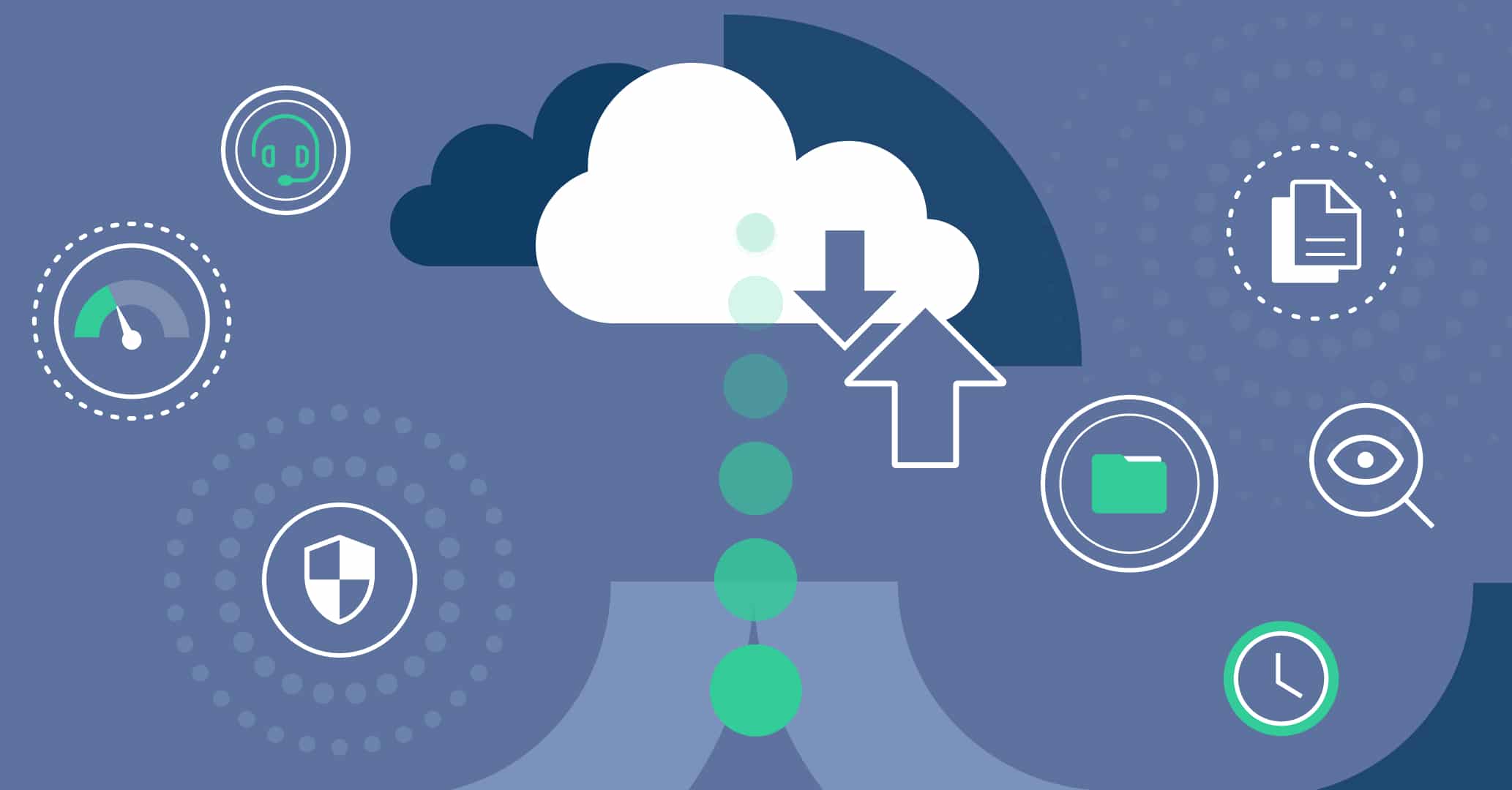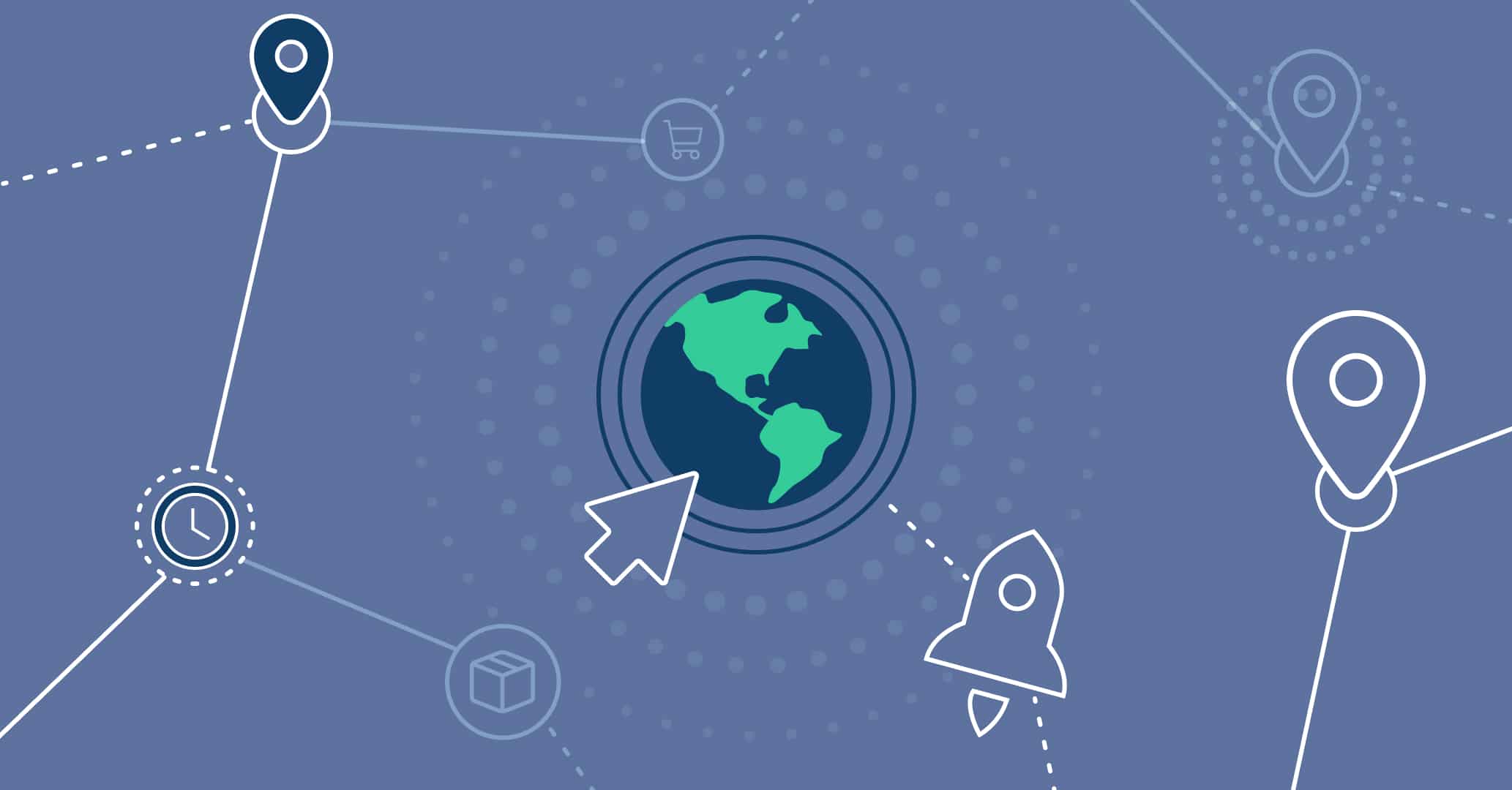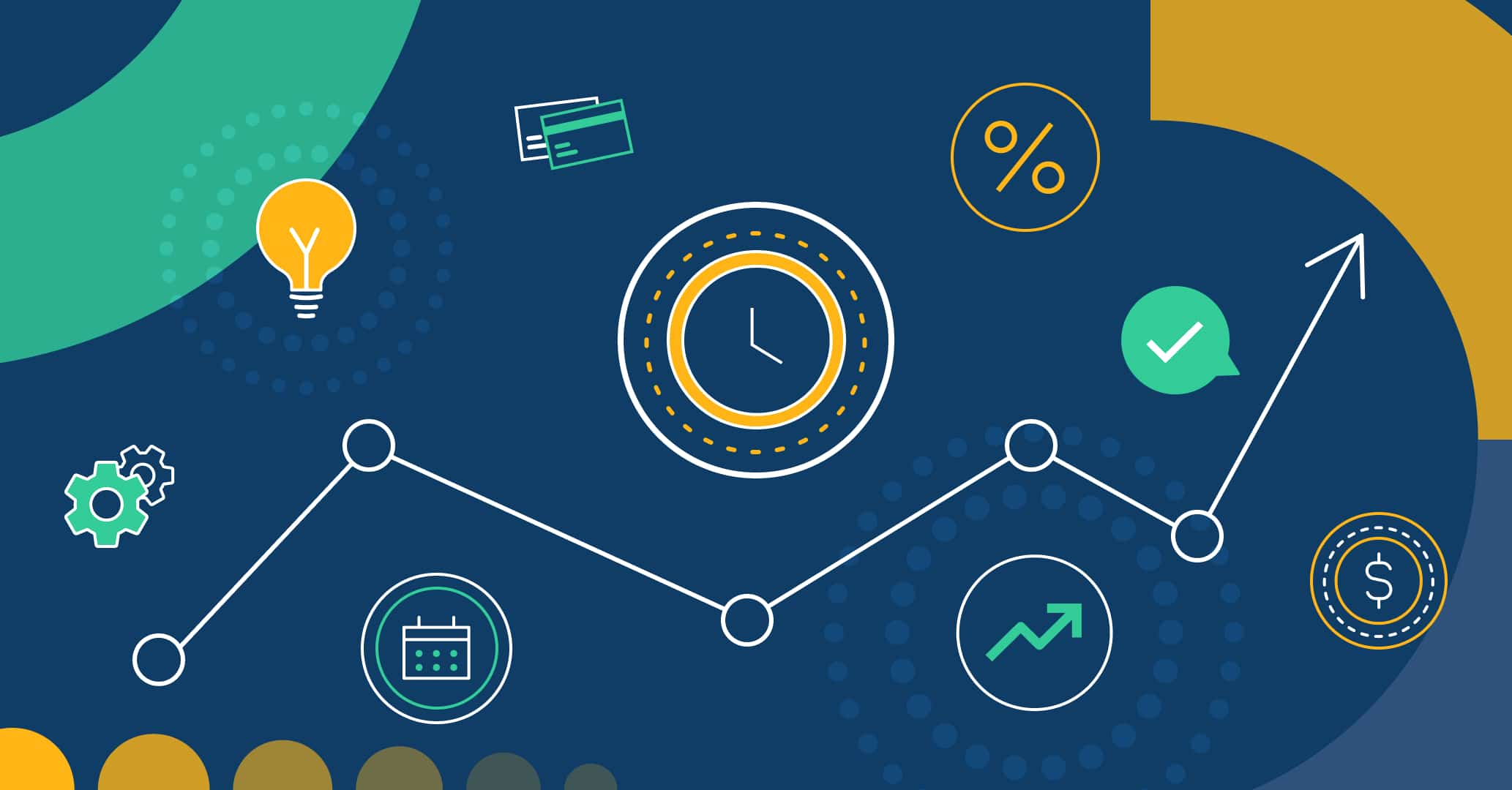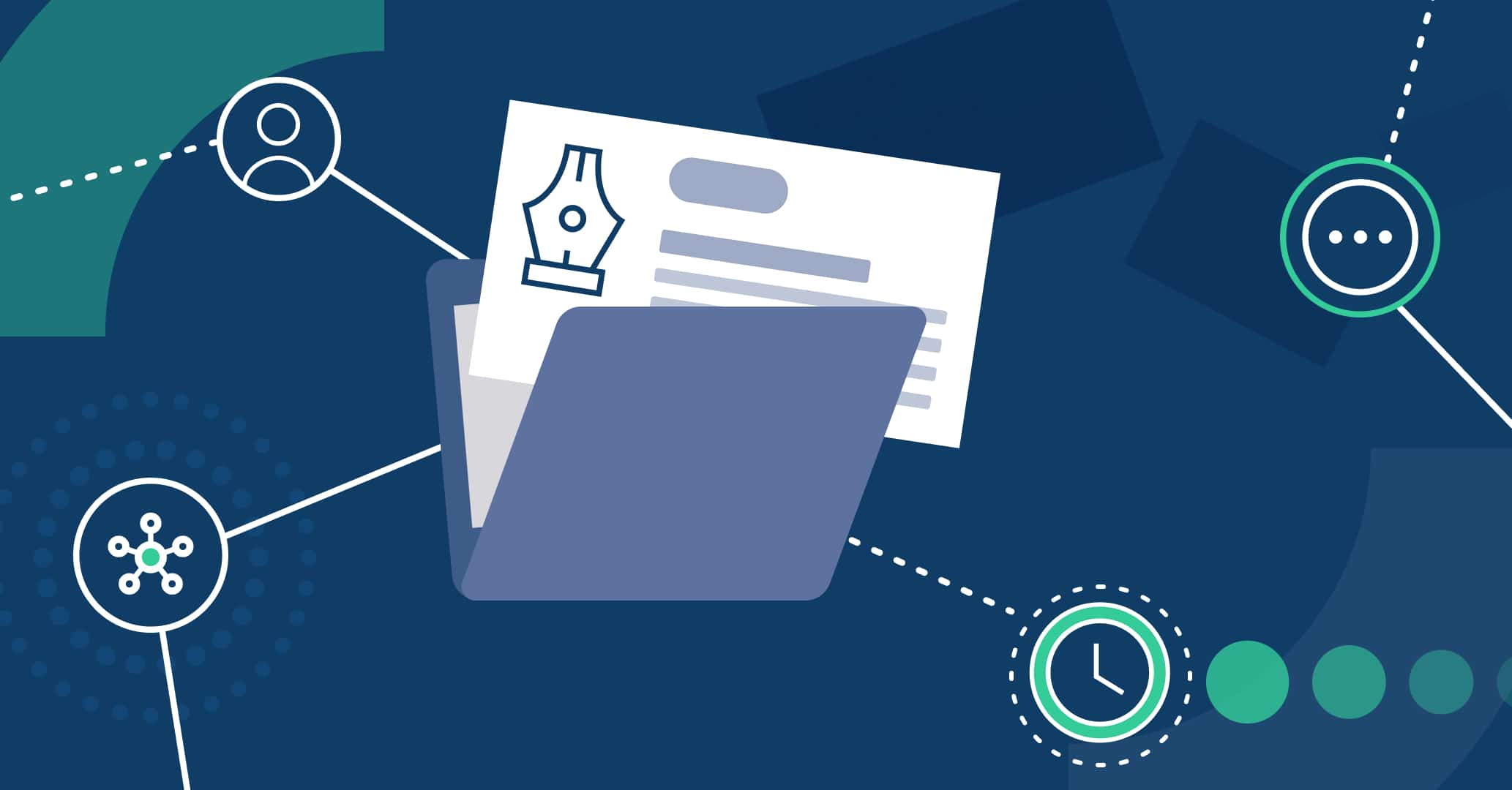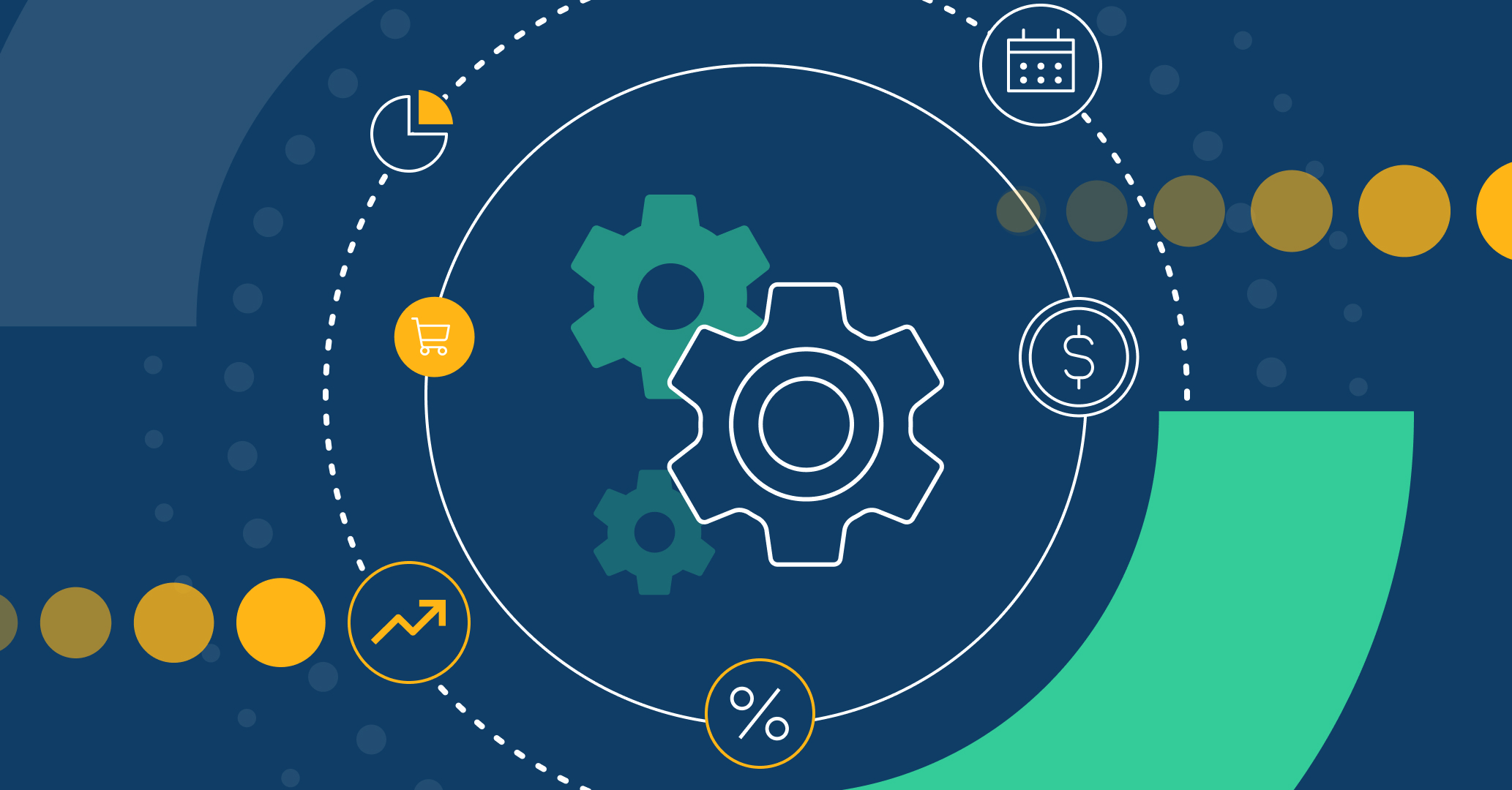Introduction
The corporate helpdesk automation is essential and critical in any business. It provides timely and effective support to employees. A well-structured helpdesk process efficiently manages employees’ requests and provides accurate and timely resolutions to their queries. Therefore, it plays a significant role in keeping employees productive and satisfied.
Although the helpdesk process has been around for decades, only a few businesses are having it automated. The ones who have automated helpdesk processes are witnessing many benefits, such as increased efficiency, fast resolution, increased employee satisfaction/loyalty, cost savings, and much more.
Therefore, this guide is meant to shed light on the helpdesk process and how automation can boost its efficiency. So, let’s begin our discussion!
Helpdesk process: definition and functions
A helpdesk process is a centralized support system in an organization. Its main purpose is to create, manage, and resolve support tickets for internal employees or outside customers.
For example, when employees have to troubleshoot the laptop or upgrade the laptop’s security, it’s the helpdesk that they contact. In the backend, there is a dedicated helpdesk team that interacts with employees/customers and resolves their queries. Moreover, they might also be using helpdesk software to manage the support tickets efficiently.
A helpdesk process involves the following main functions:
- Centralized support channel: The helpdesk process provides a centralized, single point of contact for support requests. It can be through a helpdesk software, website, email, or helpdesk hotline.
- Issues prioritization: The team prioritizes the issues based on their impact and urgency.
- Timely resolution: The team ensures that all the issues are resolved timely according to the service level agreements (SLAs).
- Effective communication: The team keeps the employee/customer informed about the progress.
- Maintain a knowledge base: The team maintains a knowledge base of commonly asked questions and issues. This can involve FAQs, troubleshooting guides, and other relevant information.
- Reporting and analysis: The team reports and analyzes the data gathered through support tickets and makes data-driven decisions to uplift the helpdesk process.
In short, a helpdesk process is a centralized system to handle employee/customer issues and keep the business running smoothly.
A typical Help Desk process in the corporate
To understand the role of automation in the helpdesk process, it is important to first clarify the main activities involved in a typical corporate helpdesk process.
In this perspective, below are the main steps in a helpdesk process when an employee/customer raises an issue:
1. Request reception
The support process begins when an employee or customer submits a support request. It can be about getting technical assistance or reporting an issue. They can submit the request through different channels, such as helpdesk software, website form, email, hotline, or other channels, which vary from organization to organization.
After receiving the request, it is logged in with relevant information and also gets a unique identifier to easily track it.
2. Request assignment
After logging the request, the team assigns it to the relevant team member. The assignment depends on the type of request, the predefined criteria, and the availability of the support agent. For example, if the support ticket is about a software problem, it will be assigned to a support agent with expertise in software troubleshooting.
3. Request investigation
The assigned support agent will start investigating the request/issue. If the details in the support ticket aren’t enough, the agent may interact with the employee/customer to learn more details, find the root cause, and decide how to tackle it. The agent may also collaborate with other team members if required.
4. Request resolution
In this step, the support agent will resolve the issue or fulfill the request based on what has been investigated. The resolution can be in any form, like verbal instructions, implementing fixes, etc.
5. Request closure
After fulfilling the request or resolving the issue, the support agent gets confirmation from the user. Afterward, the ticket status is updated from “in progress” to “closed”. This indicates that the ticket is closed and should now be documented to use as a reference in the future.
This way, a typical helpdesk process flows from the initial ticketing to the request closure phase. Looking at the above steps, it is evident that efficiency and effective communication are crucial in the whole process. An efficient helpdesk process ensures that all the support requests are handled proficiently, which leads to improved satisfaction.
Similarly, effective communication between the user, customer agent, and the other team members helps to keep everyone in the loop and resolve issues in less time.
Helpdesk process and its connection with Business Process Automation
Now comes the main discussion point of today’s guide, i.e., the role of automation in the helpdesk process. Business process automation involves automating manual activities into automated ones to save time and optimize processes.
When an organization automates the helpdesk process, it helps to streamline ticket and query management. It automates repetitive tasks, creates custom automated workflows, and optimizes support processes for employees/customers.
Let’s now look specifically at the main activities of a helpdesk process and see how process automation can streamline them:
1. Automation in ticket logging and tracking
Ticket logging and tracking are the fundamental activities in a helpdesk process. When an employee raises a request, the support team must log the ticket with all the details and assign a unique identifier. However, these activities can be easily automated with the Business Process Management (BPM) tool.
A BPM tool helps to create, model, execute, and automate business processes. In the context of the helpdesk process, a BPM tool, like Qflow, can automate the information gathering during ticket logging.
When an employee/customer opens a support ticket, the BPM tool can ask a series of questions to get all the necessary information about the request. The questions can be related to the type of the problem/request, the affected system, and similar other details.
In fact, the BPM tool can adapt the information-gathering depending on the type of the problem/request. In addition, it can also automatically assign a unique identifier. This way, the whole ticket logging becomes automated. It also helps to collect all the essential information in a standard format, which helps in effective diagnosis and resolution.
2. Automation in prioritization and resource allocation
Similar to automating ticket logging, the prioritization and resource allocation activities can also be automated. The automation tool can analyze each ticket by evaluating its nature, impact, urgency, and other predefined checks. Based on that, it will prioritize the support tickets. For example, if the support ticket is about a malware attack or system outage, then this ticket is given higher priority.
After prioritization, the automation tool intelligently allocates resources based on the priority level and available resources. It looks into the workload of each support team agent and their expertise according to the support request. Based on that, it can automatically assign prioritized requests to the most relevant support agent. The whole process is carried out in real time to intelligently allocate resources to new and existing requests.
3. Automation in issue resolution
Support tickets are of different natures. Some are about common issues, while others involve deeper technical issues. Therefore, an organization can create automated workflows to handle common issues easily and reduce resolution time.
For instance, an organization can create automated workflows that can analyze historical data from previous tickets, identify patterns, and follow the predefined flow to quickly address common issues. Moreover, automated workflows can extract information from the knowledge base and automatically provide step-by-step resolutions for common issues. This reduces the time support agents spend tackling common issues and expedites the resolution of common issues.
In addition, an organization can even extend automated workflows to self-service portals where users can quickly resolve common issues on their own. This helps to reduce support tickets and empowers the support team to work more on technical issues.
4. Automated communication with users
Keeping users up to date about their support tickets is vital in the helpdesk process. With automation, users can get automated notifications as their request progresses through different stages. These include sending acknowledgment messages, ticket numbers, status updates, resolution confirmations, etc.
Automated and real-time communication with users helps to boost trust, enhance transparency, and increase satisfaction.
5. Automated time tracking, SLAs, and metrics for Helpdesk requests
The automation tool can also help improve the helpdesk process’s efficiency. It can track the time spent on each ticket. Moreover, it can monitor service level agreements (SLAs) and flag issues to avoid breaches of predefined SLAs.
Besides that, it can provide different metrics and reports about different parameters of the helpdesk process to optimize the activities and make data-driven decisions.
Conclusion
The corporate helpdesk automation is an integral part of all organizations. It helps organizations address their issues/shortcomings in a well-structured way. However, 2024 demands organizations to leverage automation into the helpdesk process.
As evident from the above comprehensive talk, automation tools can automate almost all the helpdesk activities. With an automated helpdesk, the only main job left for support agents is to tackle complex issues that require human intervention. That’s why it’s time for organizations to integrate automated BPM tools, like Qflow, and increase the efficiency of the helpdesk process.

